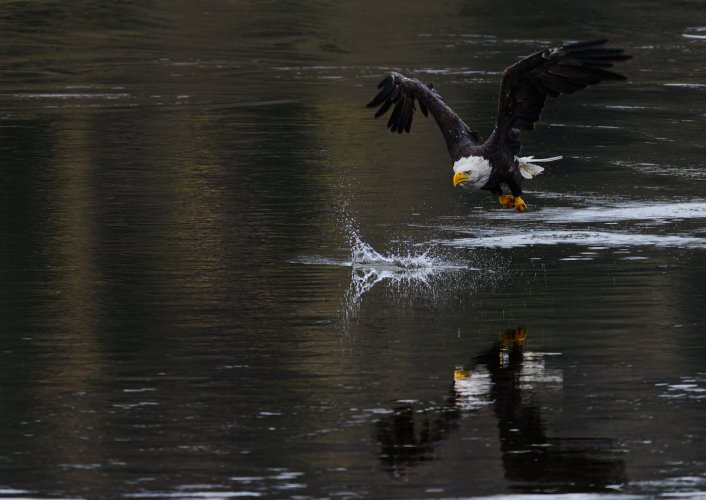I just ran through this recent presentation by Arthur Morris. He's probably the most critical I know about head and wing position. This particular presentation was on the wide range of shutter speeds he uses - and how he uses them.
In images selected by Artie for this program, the key is full wing extension. While there are some exceptions, 95% of his images have full wing extension. Most of the time that's full upstroke of the wings, and for many birds that is only to horizontal or a little more. There are a few images at full downstroke of the wings - especially for wading birds and ducks. In between positions are almost always when the wing is not the subject - such as a V look when the bird is coming directly at the camera.
So my response on what is preferred is the images you want are at full wing extension with as much of the top or bottom sides of the wings as possible exposed to the camera. There is further emphasis is on texture or something interesting.
When I judge, I place a high emphasis on head and wing position. Full extension of wings (up or down) is normally required for a winning image but full downstroke can work. Head position is almost always slightly toward the camera and generally slightly turned away is a negative. The negative of a slightly turned away bird may be offset if it is to provide a maximum view of both wings at maximum upstroke.



